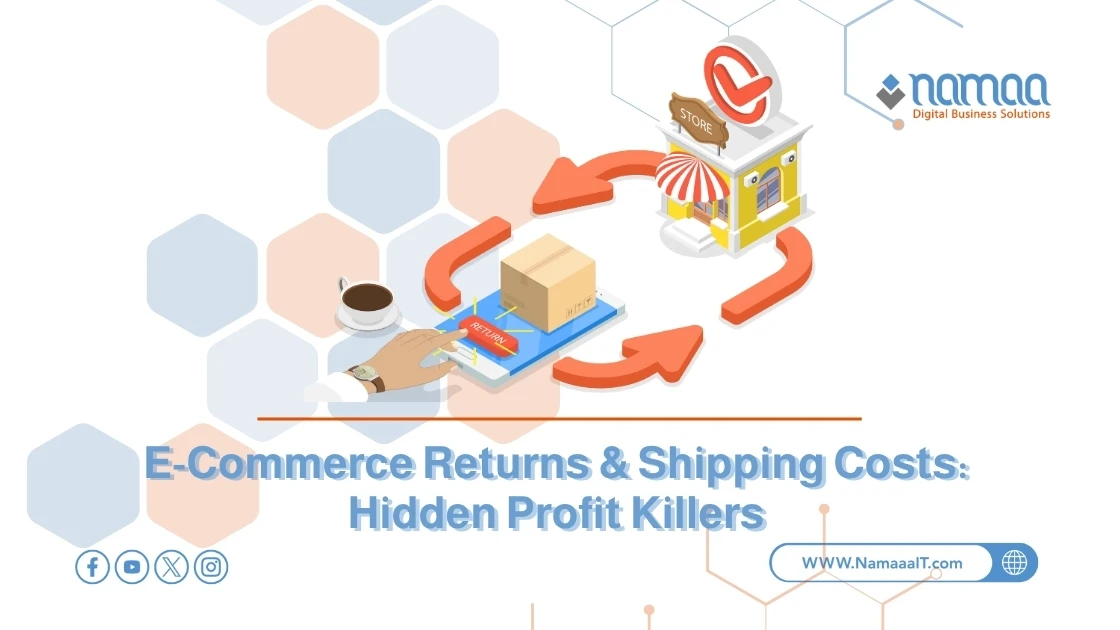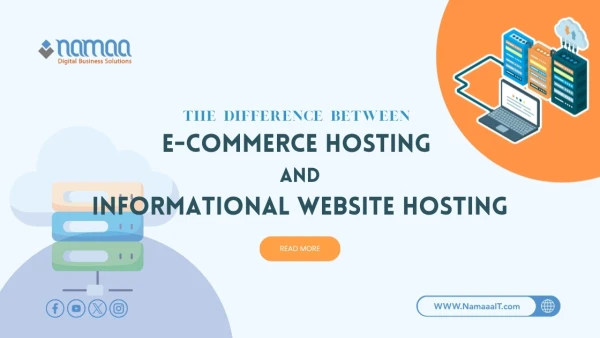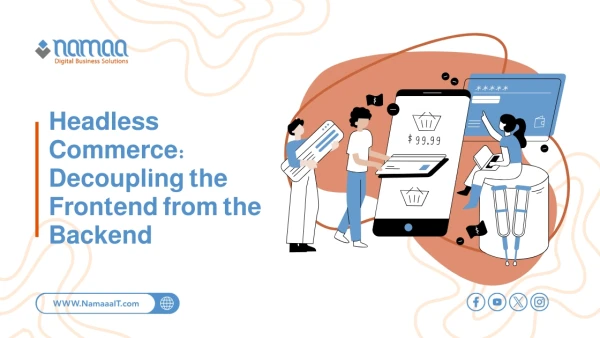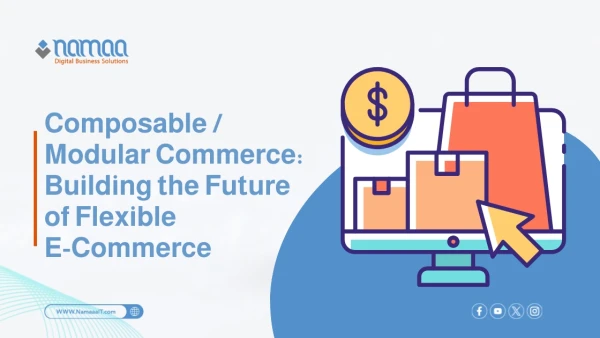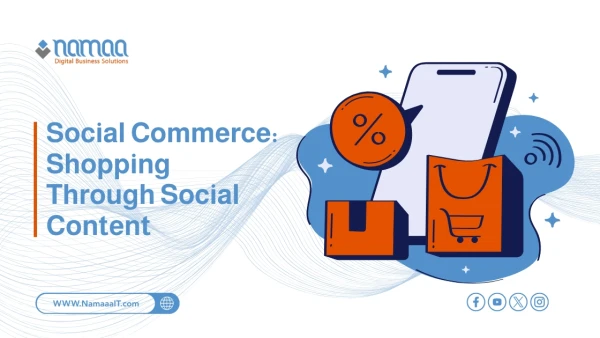In fast-paced e‑commerce, merchants strive to maximize profits and scale online. Yet hidden threats—high return rates and shipping costs—can quietly erode margins before storeowners even realize. Customers expect hassle-free returns and free shipping, but merchants face a balancing act: how to satisfy customers while maintaining business sustainability? This article analyzes how returns and shipping costs impact profitability and threaten digital store growth.
What Are Returns & Shipping Costs in E-Commerce?
Returns are when customers send back purchased items due to dissatisfaction, defects, size/color mismatch or buyer’s remorse.
Shipping costs cover packing, handling, and transportation from merchant to customer or vice versa. Often merchants absorb return-shipping fees—significantly increasing expenses.
With pressure to offer free shipping and returns, those expenses can quietly erode profits without smart management.
Common Reasons for High Return Rates
- Products differ from website visuals or descriptions
- Damaged items due to poor packing or transit
- Size/color inaccuracies in garments and footwear
- Impulsive buys or post‑purchase regret
- Lenient return policies encouraging casual returns
- Inappropriate gifts being returned
- Delivery issues like delays or loss leading to returns
Return Experience & Customer Loyalty
- A smooth, fast returns process builds trust and encourages repeat business.
- Difficulty obtaining returns or receiving delayed refunds causes customer frustration and negative brand perception.
- Clear and accessible return policies foster long-term relationships and reduce friction.
Shipping & Returns Policy Interdependence
- Return Shipping Fees – Merchant vs. customer costs influence return behavior; free returns can boost rates.
- Delivery Speed & Reliability – Faster, safer shipping reduces return triggers.
- Policy Clarity – Transparent terms reduce confusion and disputes.
- Logistic Integration – Seamless handling between outgoing shipments and returns lowers costs.
Shipping Cost Impact on Profit Margins
| Scenario | Profit Margin Impact |
|---|---|
| Free-to-customer shipping | Erodes margin unless offset in pricing |
| Free return shipping | Doubles shipping costs |
| International shipping | Major cost increases reduce competitiveness |
| Flat-rate or discounted | May attract customers but cut margins |
| Weight/size-based shipping | Fairer cost allocation; may deter buyers |
Merchants must carefully calculate shipping rates or embed costs in pricing to maintain margins.
Strategies to Reduce Return Rates
- Use detailed descriptions & high‑quality images
- Provide size charts, especially for apparel
- Improve packaging to avoid damage
- Communicate proactively—before and after purchase
- Analyze return data to fix recurring issues
- Offer how-to videos and reviews
- Publish clear, consumer-aware return policies
- Implementing these improves customer satisfaction and reduces financial and logistical strain.
Choosing the Right Shipping Partner
- Compare pricing—including extras like insurance/storage
- Ensure geographic coverage matches target markets
- Evaluate speed and reliability to avoid returns
- Require tracking and insurance options
- Negotiate volume discounts
- Check reviews from peers
- Prefer partners with API integration for automation
- A smart shipping partnership balances cost and quality, boosting overall profitability.
Returns & Shipping: Brand Reputation Effects
- High/hidden shipping fees hurt trust and drive negative reviews.
- A complicated return process damages reputation and drives churn.
- Transparent, user-friendly policies enhance loyalty and can attract new customers.
- Speedy handling of returns and refunds boosts brand image.
- Effective management builds positive perception and promotes sustainable store growth.
Crafting an Effective Return Policy
- Clear Terms: Written simply—state what can be returned and within what timeframe.
- Cost Responsibility: Clarify who pays—customer or merchant—for return shipping.
- Ease: Minimize steps to foster satisfaction and reduce complaints.
- Legal Compliance: Align returns policy with local consumer protection laws.
- Ongoing Review: Adjust rules based on customer feedback and return patterns.
A balanced policy safeguards your business while delivering excellent customer experience.
Frequently Asked Questions
- Can pooled shipments lower shipping costs? Yes — combining orders reduces per-item costs.
- Are local partnerships beneficial? Yes — local carriers often offer cheaper, faster services than international couriers.
- How do repeated returns affect inventory? Increases inspection and restocking costs.
- Can loyalty programs reduce returns? Yes — they encourage thoughtful purchases and discourage after‑purchase regret.
- Is shipping insurance important? Absolutely — it covers losses and builds customer confidence.
Summary
✅ Return rates typically range from 20%–30%, far higher than in physical retail.
✅ Shipping costs average 10%–15% of order value, climbing to 25%+ for international or bulky items.
✅ 67% of shoppers prefer stores with easy returns—promoting loyalty and trust.
✅ 58% of merchants concur that free shipping increases sales but reduces margins if not optimized.
✅ Precise descriptions and size tools can cut return rates by up to 30%—boosting profitability.
By proactively managing returns and shipping strategies, e-commerce stores can protect margins, enhance trust, and ensure sustainable long-term growth.

